“Bridges of Cultures” is the symbolic name given to the joint exhibition of Turkish artist Zeki Serbest and Tatar artist Raif Tukhvatullin, which has been opened at the Consulate General of the Republic of Turkey.
The opening ceremony was attended by Consul General Ismet Erikan, Mayor of Izmir Tunç Soyer, Deputy Culture Minister of the Tatarstan Republic Damir Natfullin, artists Zeki Serbest and Raif Tukhvatullin, as well as students, journalists and all those, for whom art is close and plays an important role in their lives.
“The two nations, the two our republics – our common roots go far back in history”, Tunç Soyer addressed the participants of the exhibition. “One can construct a very strong building on this solid basis. Significance given to the name of this exhibition (“Bridges of Cultures”) is great. Indeed, they are bridges of cultures. And the stronger these bridges are, the more fruitful relations between our peoples will be. I’m sure that bridges of cultures, bridges of our friendship will only strengthen”.
In his turn, Deputy Culture Minister of the Tatarstan Republic Damir Natfullin highlighted that such events are one of the most important components of the cultural life of the Republic.
“It is gratifying and pleasant to state the fact that this year there have been held a great number of our joint events – the exhibition in the Kazan Kremlin, Days of Turkish Cinema. We also have great plans for the year of the century of the TASSR”.
Zeki Serbest was born in Ladik (Samsun, Turkey) in 1946. He graduated from the Department of Painting-Work of Gazi University in Ankara in 1968. Then he began working as a teacher in Akpinar primary school, where he had been working for 12 years. Later the teacher also taught art in two secondary schools in Izmir and retired. He is currently engaged in creative work in Izmir. He has organized more than 90 personal exhibitions. He is a member of B.R.H.D. (Turkish Association of Artists and Sculptors) and of the International Art Association. He has participated in more than 155 competitions and joint exhibitions. The artist’s works are kept in different state and private collections in Turkey and abroad.
“I had two dreams when I was a child – to be an artist and to visit Eastern museums”, the Turkish artist noted. “Among my works you will not find any pictures of sea – there is only snow. There are both warm and cold shades in my works. I work spontaneously: I just take a brush and begin painting, trying to convey the atmosphere, shapes of people and animals. This way of life in my soul, from there it emerges on paper, on canvas”.
Raif Tukhvatullin was born on April 2, 1934. He began attending art classes systematically in 1946 under the guidance of famous teachers of Kazan school T.A. Firsova and I.P. Kazachkova. Creative credo is color structure. The artist had been working on this topic in collaboration with the laboratory of Professor M.M. Devyatov at the Academy of Arts in St. Petersburg. In the past, Tukhvatullin was a regular participant of seminars on color measurements in Leningrad. By the decree of the President of the Republic of Tatarstan in 2005 he was awarded for his services in the field of art. In 1981 he organized his personal international exhibition in Dombay. His pictures purchased for private collections in Germany, Holland, the USA and Japan. Tukhvatullin is a regular participant of republican exhibitions of the Union of Artists of Tatarstan, participant of the All-Union exhibition “Light, music and color” and “TatArt-91”, where two of his works were presented. He is currently engaged in painting in Kazan.
The exhibition, organized with the support of Yunus Emre Institute, will be open for visitors from December 16 to December 25 of the year 2019 from 14:00 to 17:00.
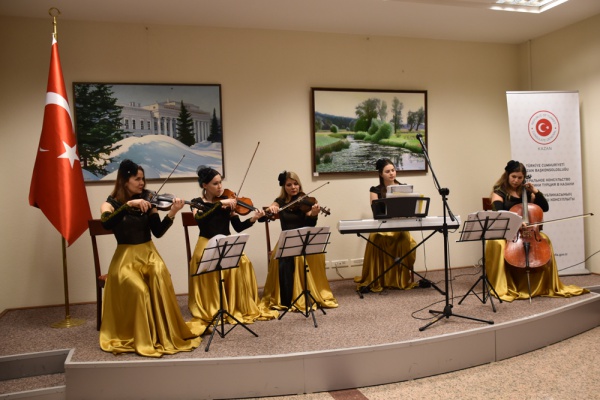
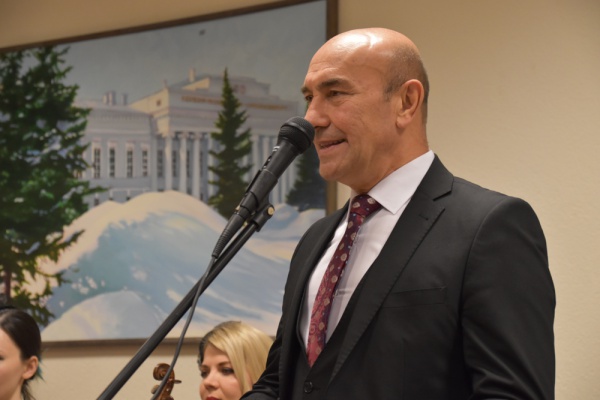
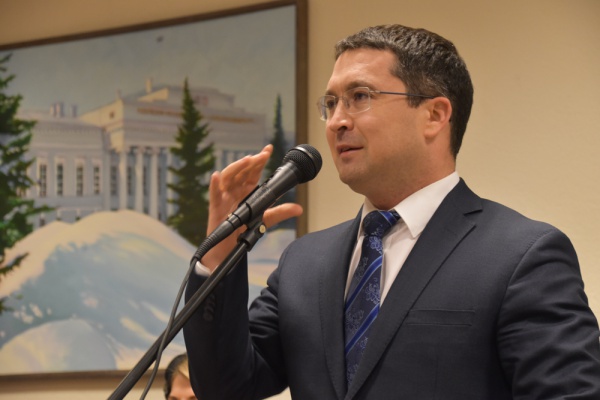
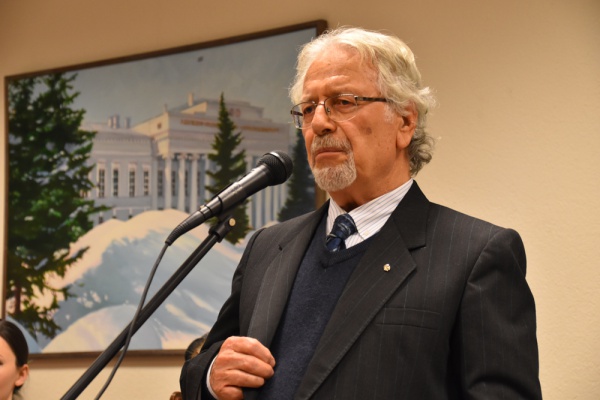
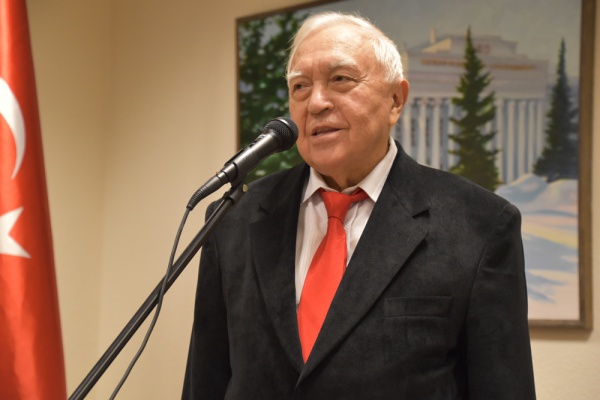
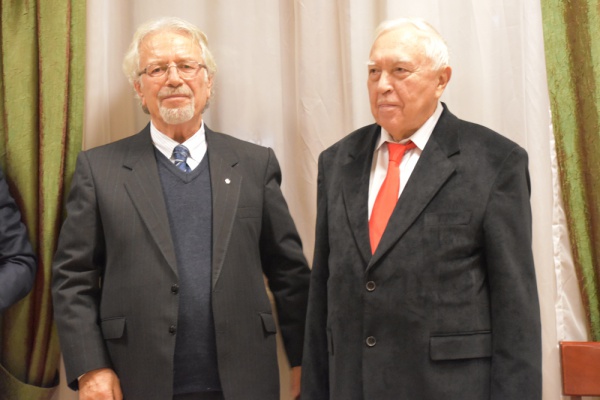
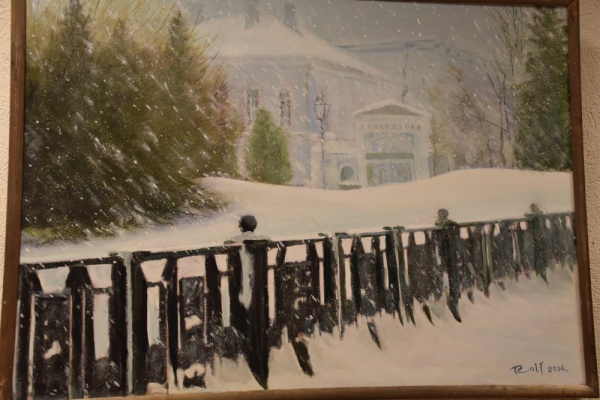
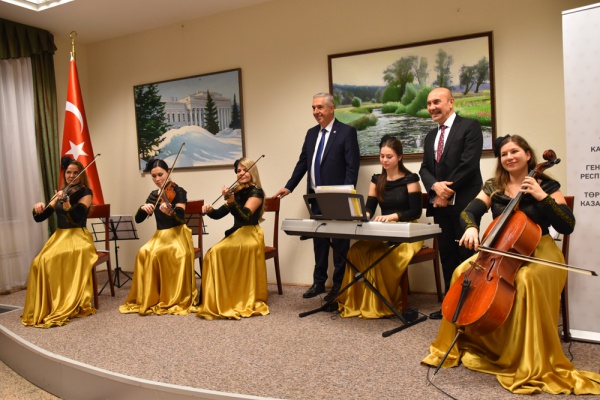
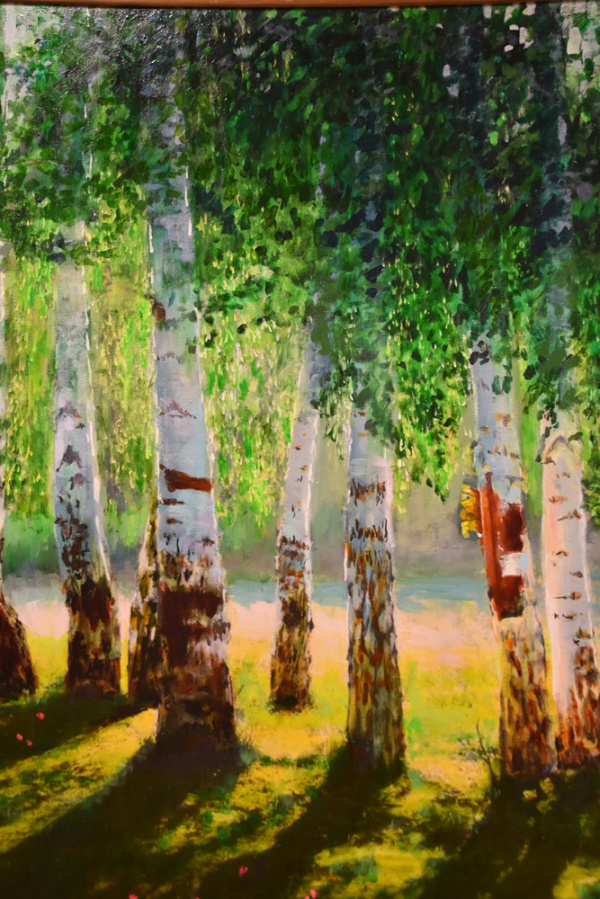
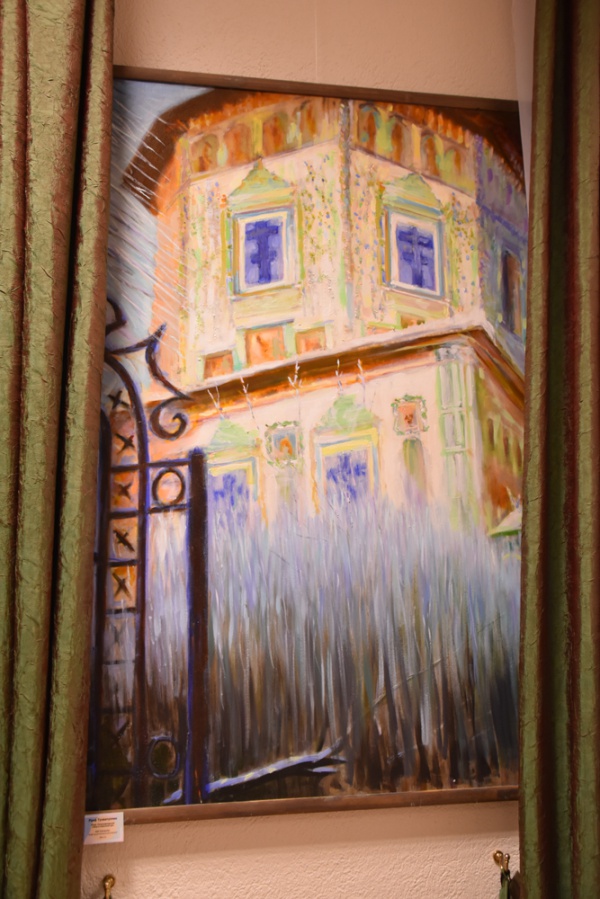
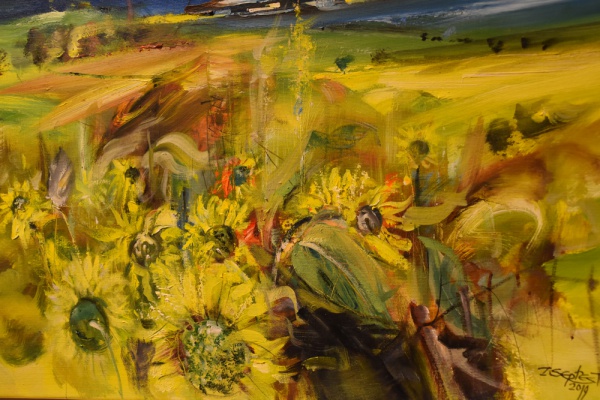
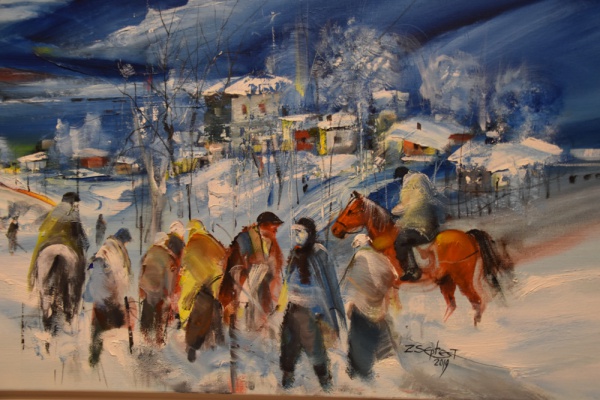
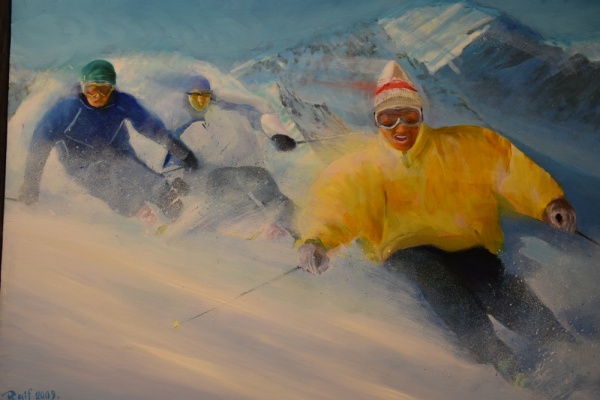
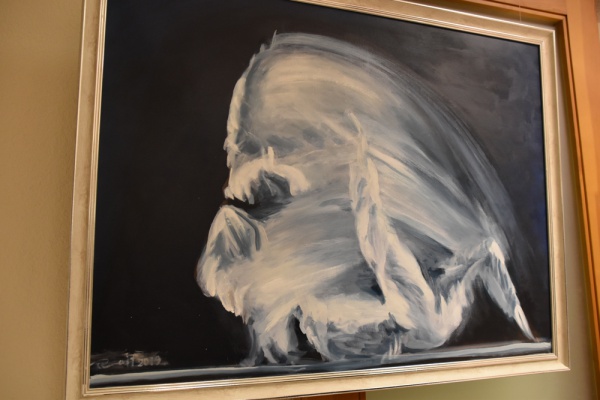
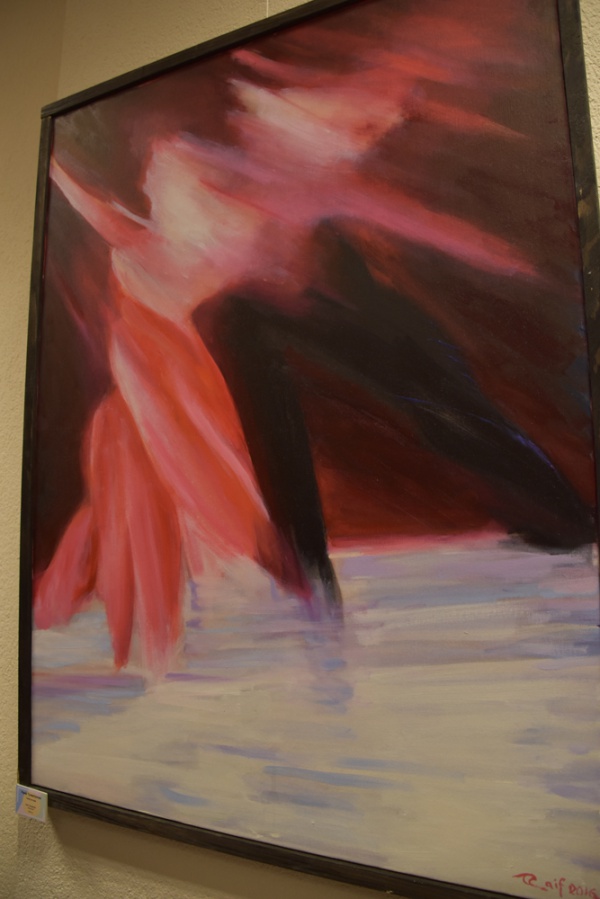
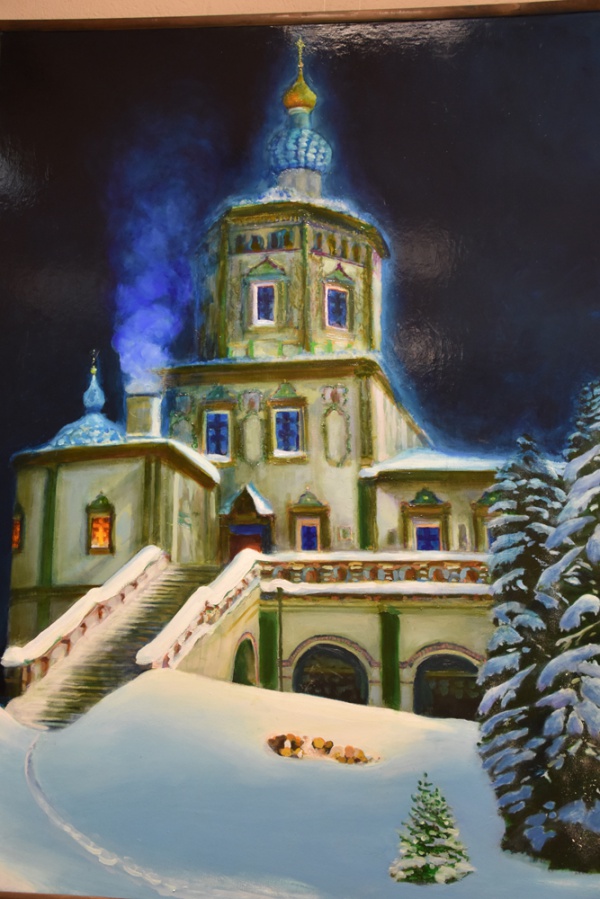
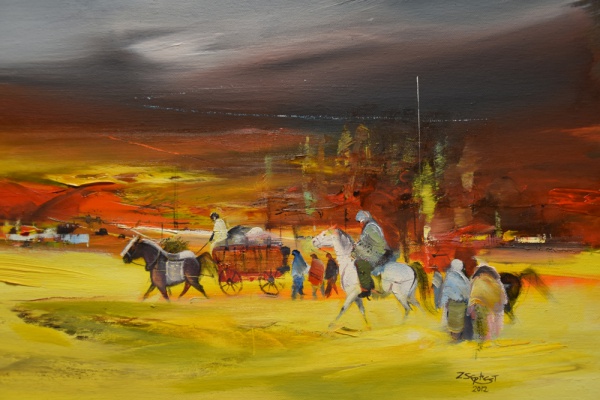
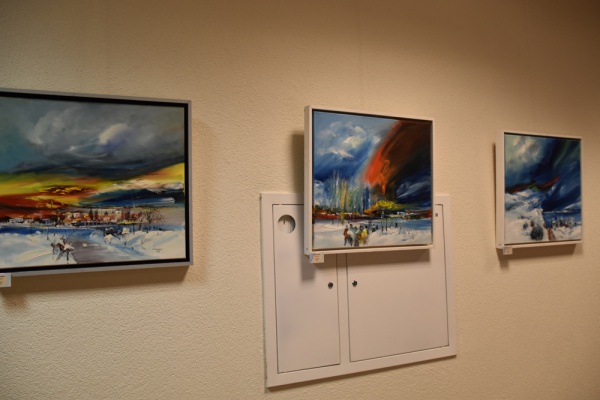
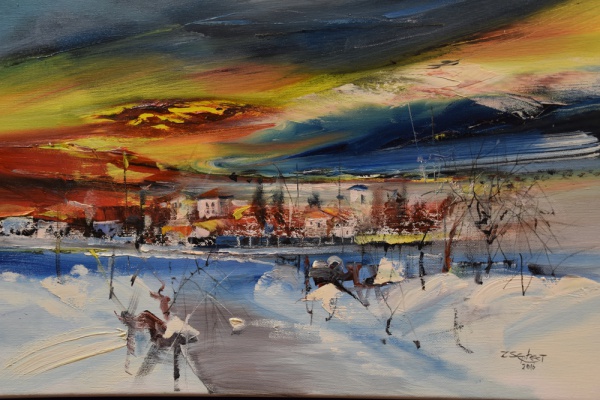
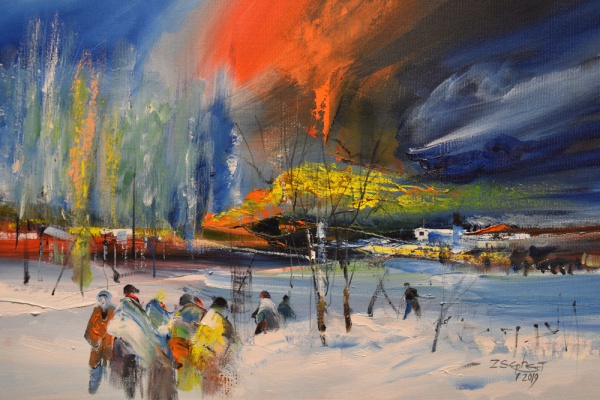
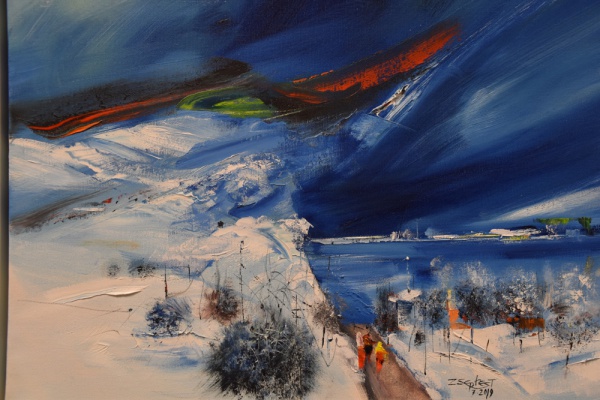
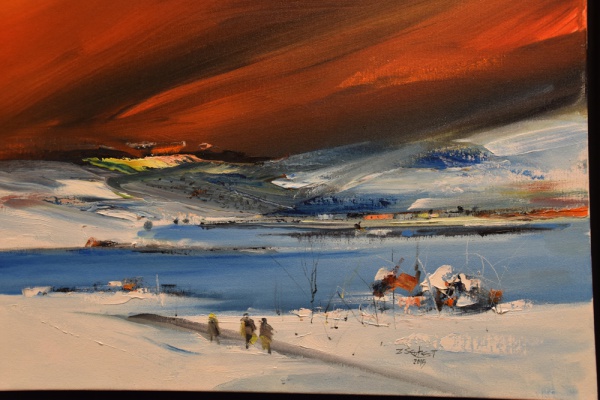
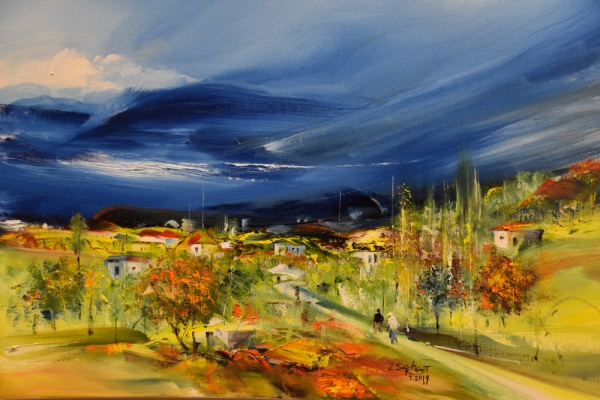
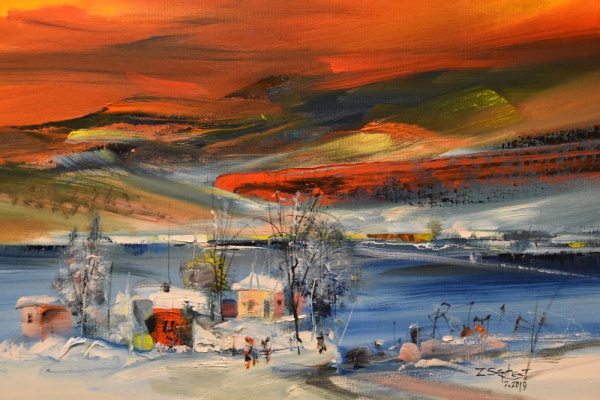
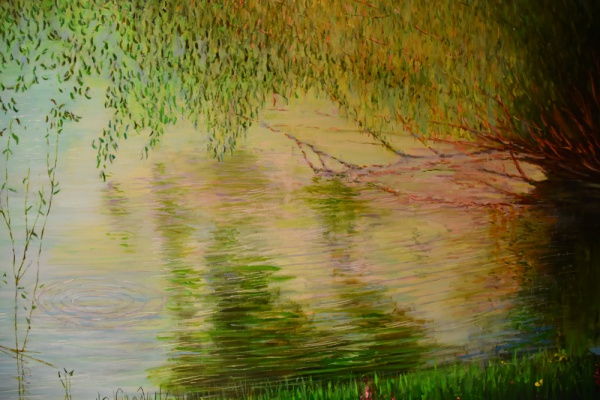
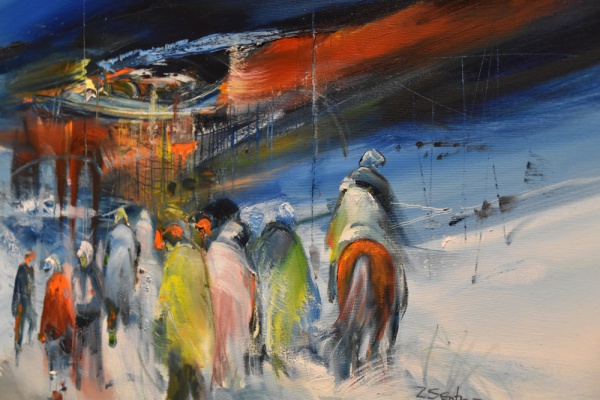
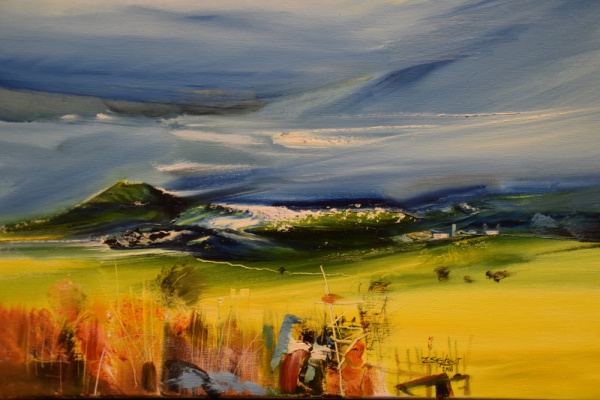
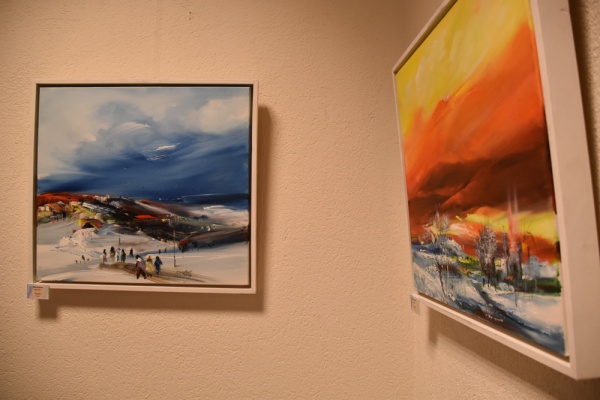
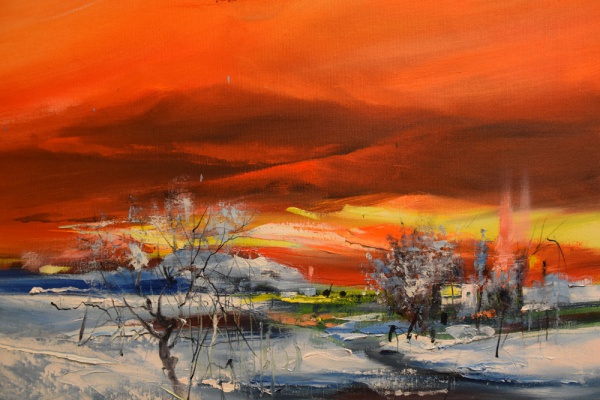
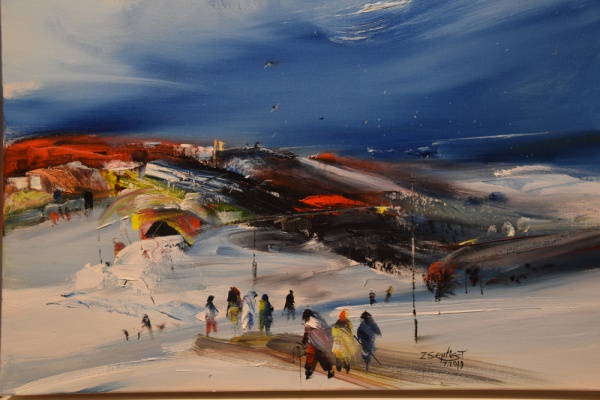
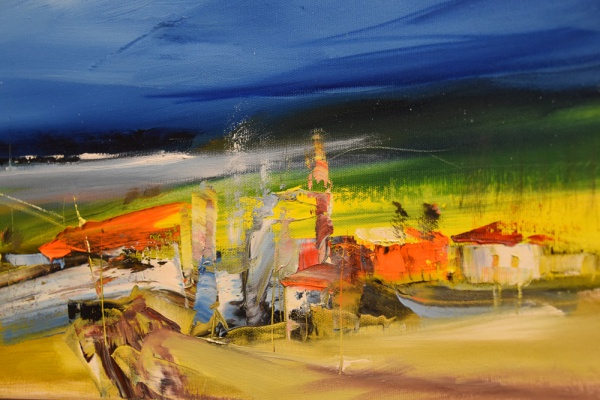
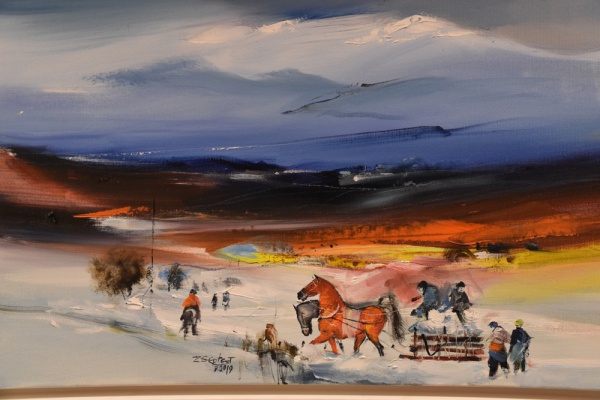
Ilmira Gafiyatullina
